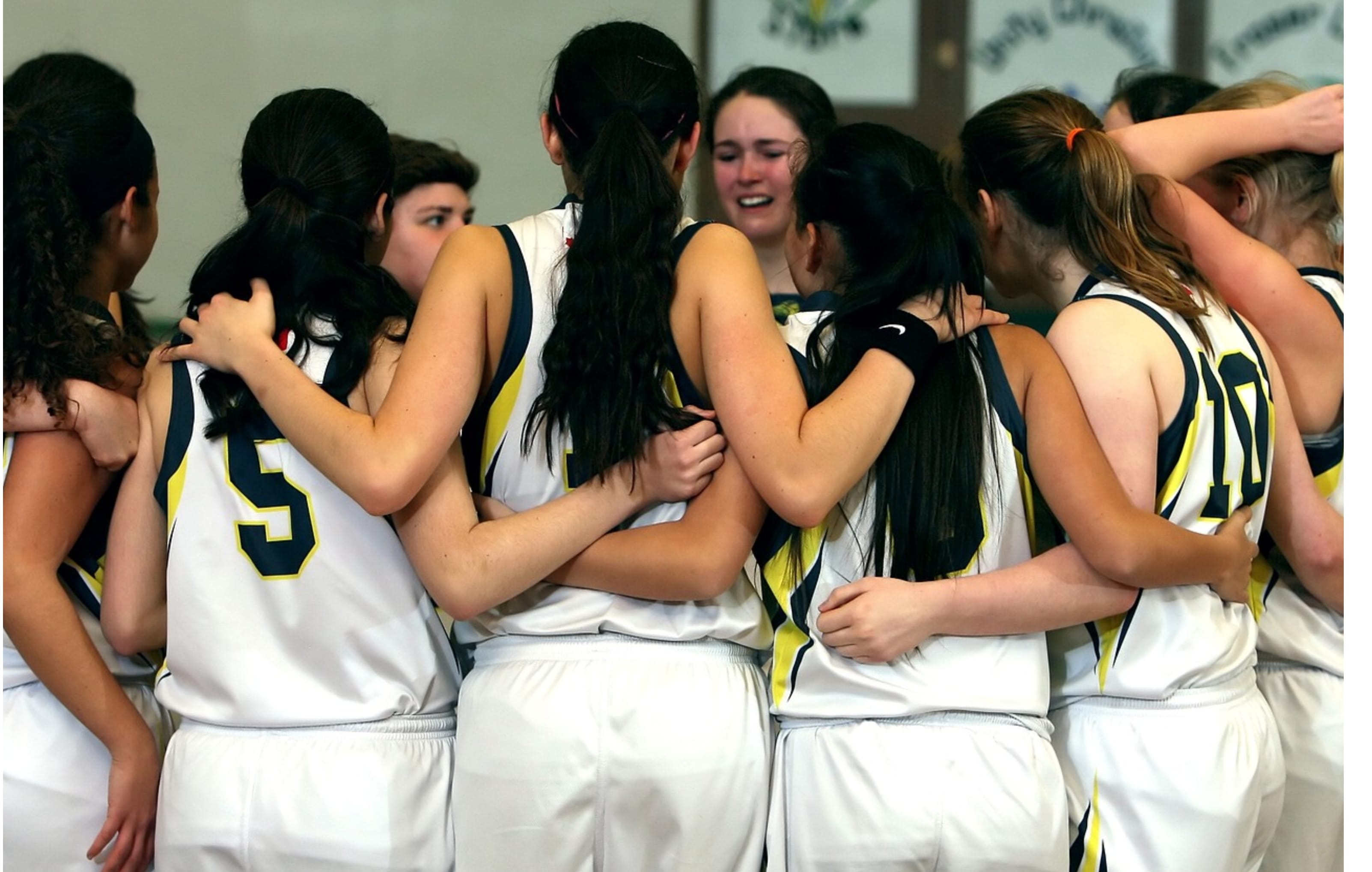Research by Sport New Zealand is shining a light on the steep drop off in girls' participation in sport and active recreation.
By the age of 16, there is a 17 percent gap between male and female participation and by age 17, the gap is 28 percent. The research also shows that the vast majority of teen girls want to be active and understand that it's good for them, but a range of things are standing the way.
Sport New Zealand's chief executive Raelene Castle tells Kathryn Ryan a new campaign to get girls moving is helping to make sport more amenable to young women's preferences, opening up more choices to them.
There are several factors accounting for the drop, she says.

Photo: Pixabay / befunky.com
“I think the reality is life changes for boys and girls, but particularly for girls. Other things become a priority. It might be that they’re focusing on their studies. They might be having a part-time job. They might be thinking of boyfriends and things like that and so therefore their participation drops off.”
According to research, about 96 percent of girls, Castle says, acknowledge sport is good for their physical and emotional wellbeing, but they also wanted to participate a safe space, where sports attire is appropriate for them, for example.
“Uniform and body image is really important," she says. "About 67 percent of young women is body image is something they consider when they’re thinking about exercise. Or they might want to engage in sport that’s not as competitive. They just want to kick around with your mates in less formal sport, or they might want to exercise in their bedroom to an online class.”
She wants parents and caregivers to acknowledge this and act accordingly, so girls are afforded the right options to exercise.
“Certainly, in organised sport where uniforms have become part of organised sport where they have a uniform and they all look the same, particularly netball for example, with the short skirt. The reality is that this is changing. Taranaki Netball Association has really led the way in making all of their grade as an example not be uniform compliant.”
A simple coloured bib can be used to identify one team from another, Castle adds. “What we’re looking for is choice, so that if they don’t feel comfortable, or would like to wear track pants or longer tights then they have those options available to them.”
The messaging in sports is important in creating a safe space for participation too and the campaign is about championing young women’s voices.
“It’s the language for many years where we have said things like, as our young people arrive back, ‘did you win’, ‘how many goals did you score’.," she says. "The real focus on winning or losing, as opposed to ‘why didn’t you try harder’, as opposed to ‘did you enjoy it’ and recognising for parents and caregivers that not just organised sport that creates a lifelong connection with physical activity.”
Alternatives include jogging or social tennis, a dance class and ballet.
Three out of four young women are concerned about how they look every day. Fifty-five percent feel judged on their appearance every day when they go out, 42 percent judged when they’re on the street and 52 percent judged on social media.
The study found 69 percent participated for fun over all but this decreases from 80 percent from age 12, to 51 percent by age 17.
Castle puts this down in part to coaches adding more emphasis on winning, increasing fitness levels and taking performance to the next level. Those coaches, she suggests, should focus on those who want to get to high-performance level and progress as athletics and allow others to participate for fun.
Research has found nearly 60 percent of young women, by the time they reach 17 they are also too busy to participate.
This may speak to modern living and young people having their lives over-cramming with activities, so that sport doesn’t always mesh well with busy schedules.
“Life has got busier," she says. "The reality is we put more things into education, environment is much more intense around the expectations of curriculum, academic performance, social media and phones and all of those things means that we’re on, on, on all the time.”
The school curriculum doesn’t involve general exercise, physical education is taught as a subject as mixture of biological, science and nutrition, physical strength and conditioning, she says.
This makes it even more important that those involved in organised sports look at how they can engage young women in a way that could be more flexible going forward. Many are, including New Zealand Cricket, which is offering less structures activities.
“It’s not really like a coaching clinic to learn how to play cricket, cricket is integrated into the physical activity," she says.
"They’re hoping that some of those women will go on to play cricket but equally some of those young women will just have had a great time together… so lots of the sports that have seen a drop off are thinking of sport in a different way.”

